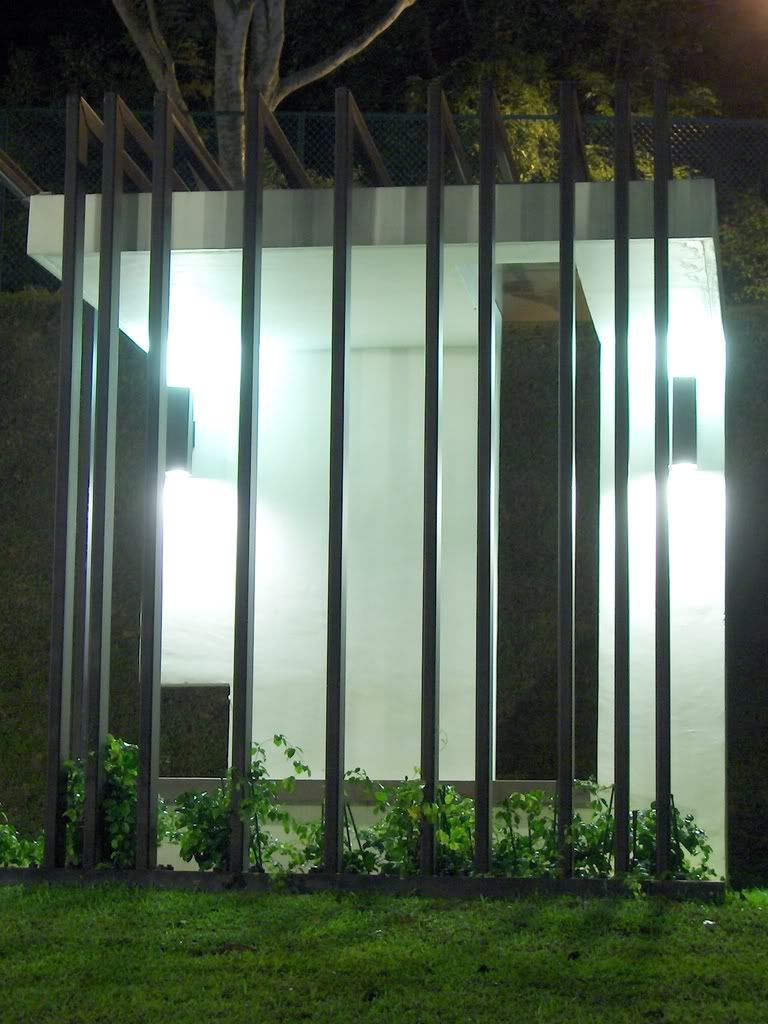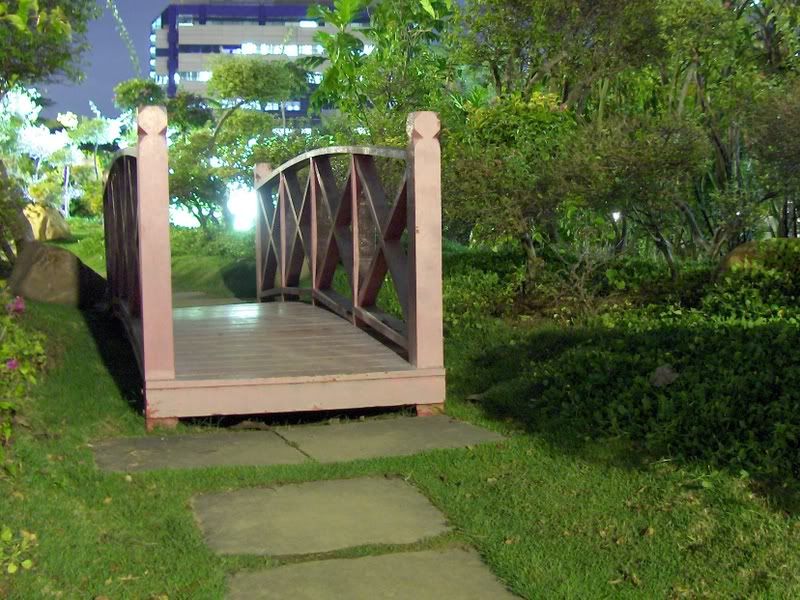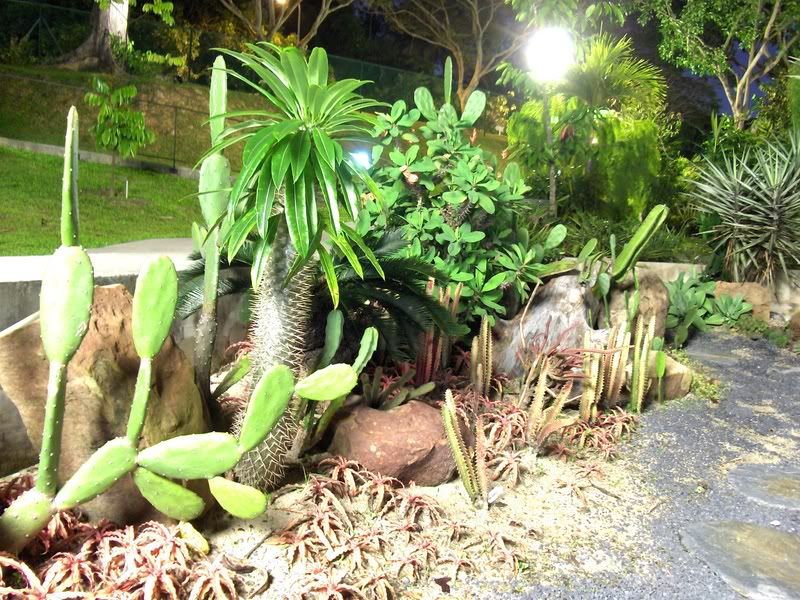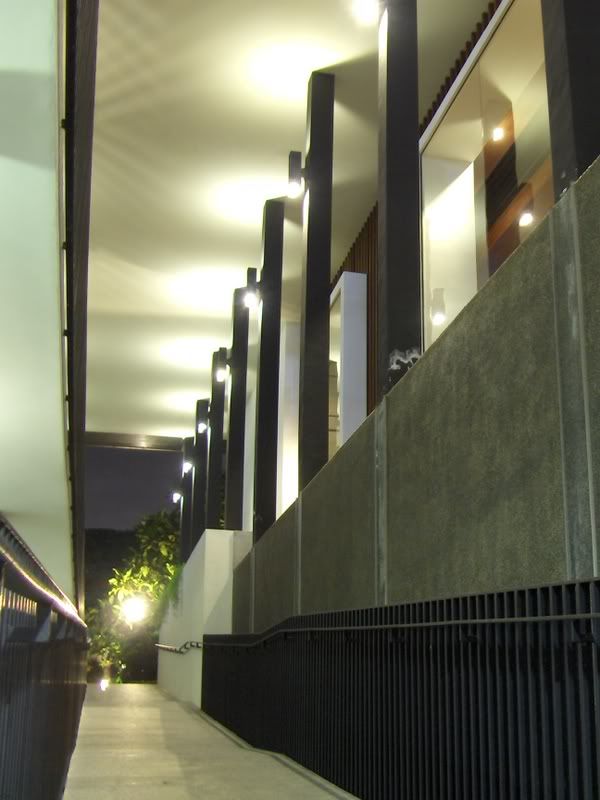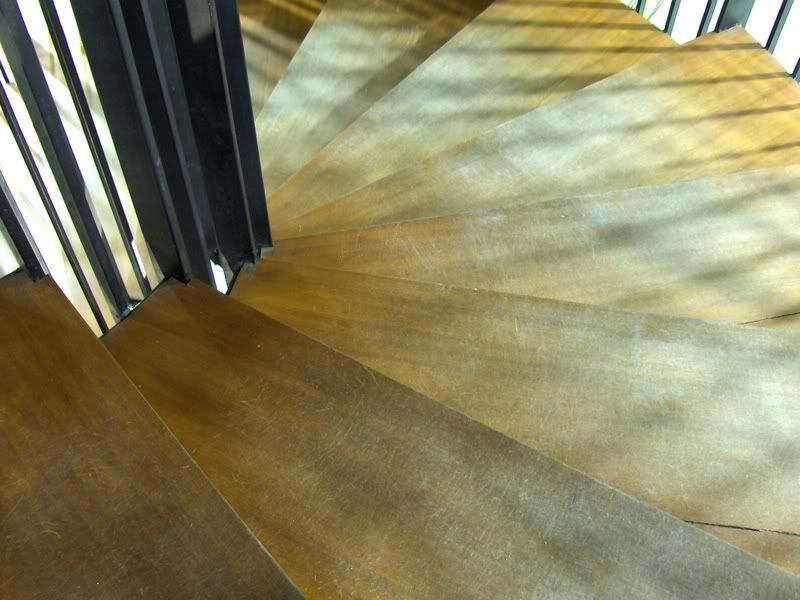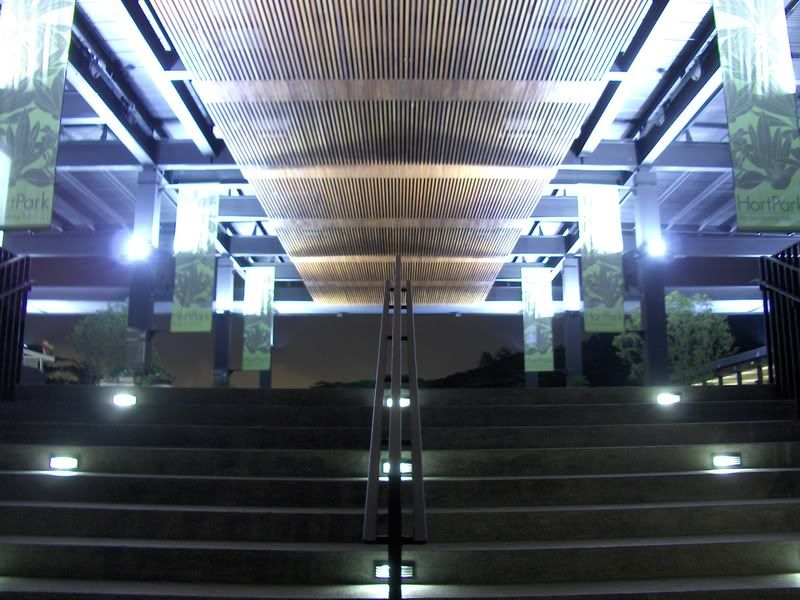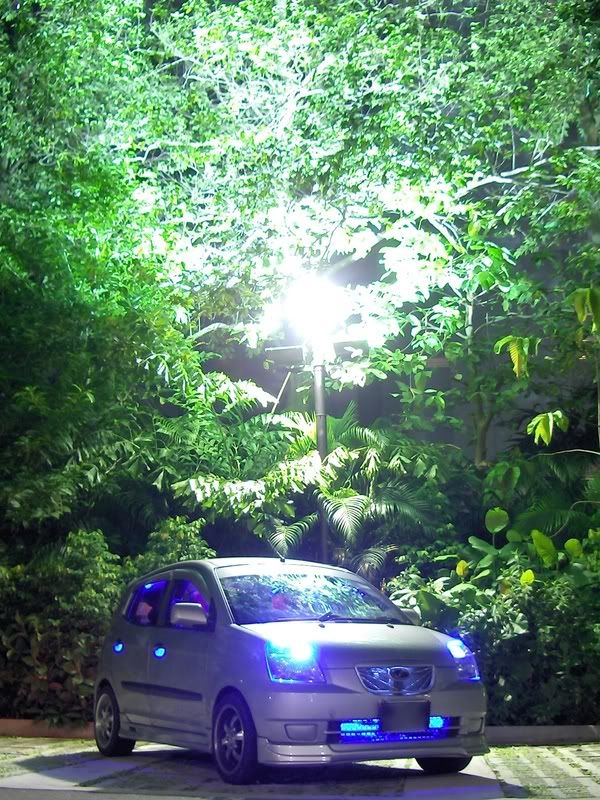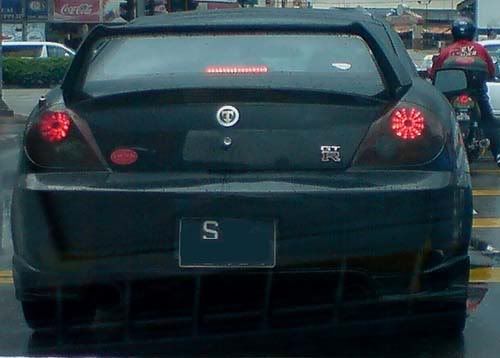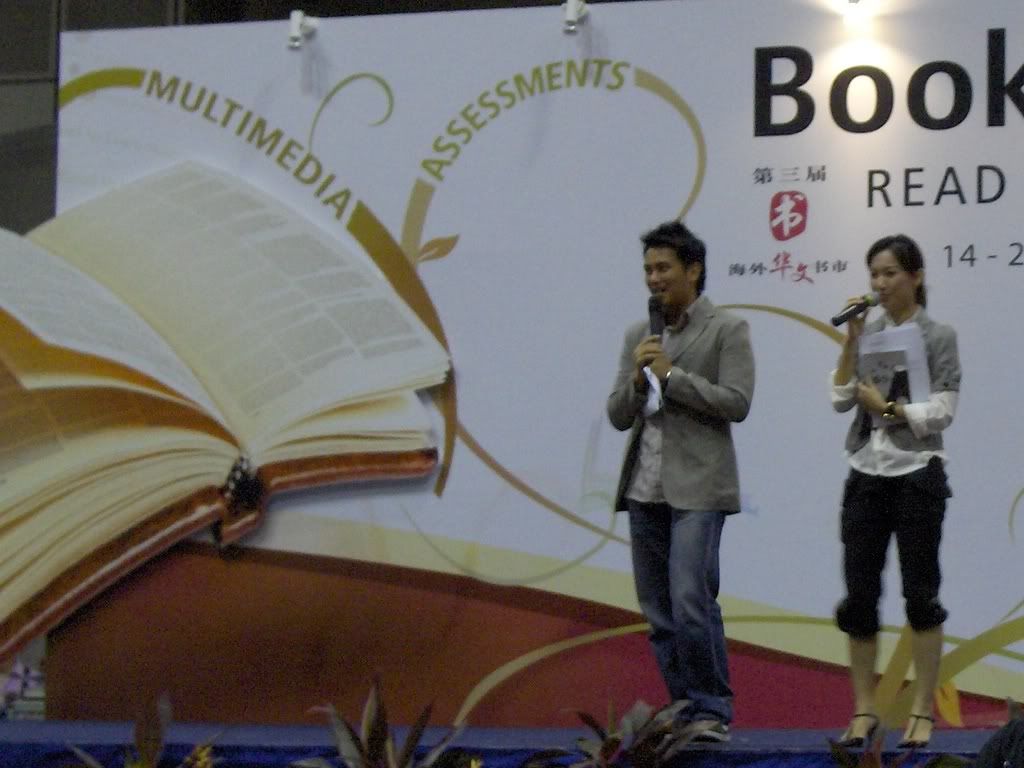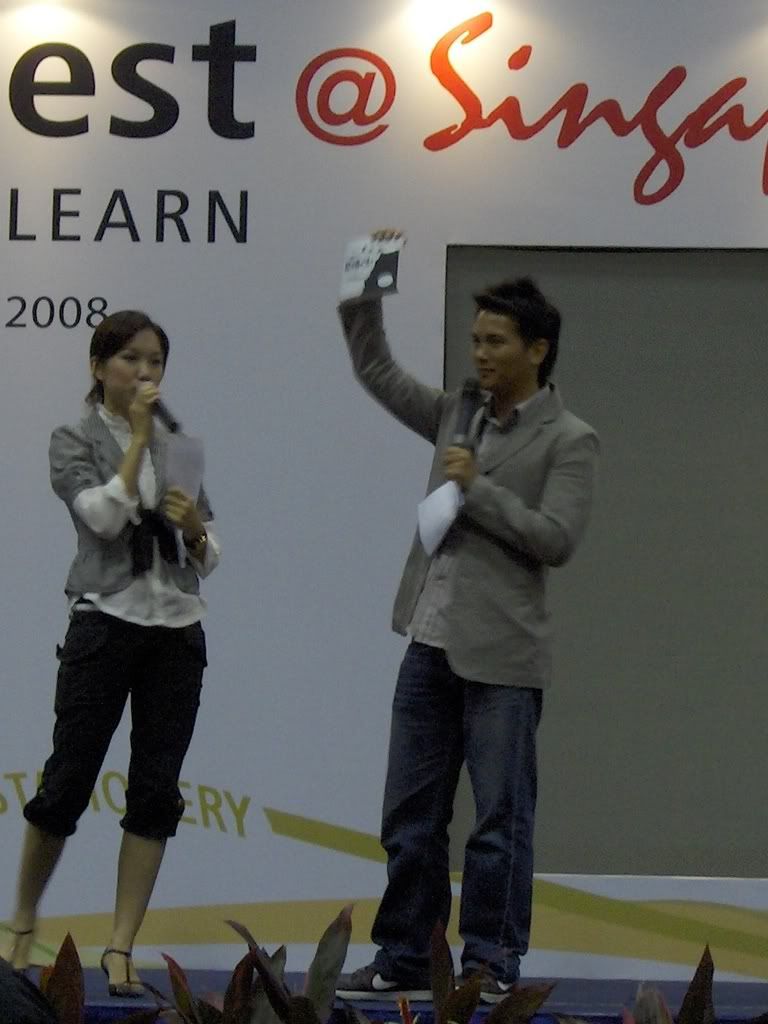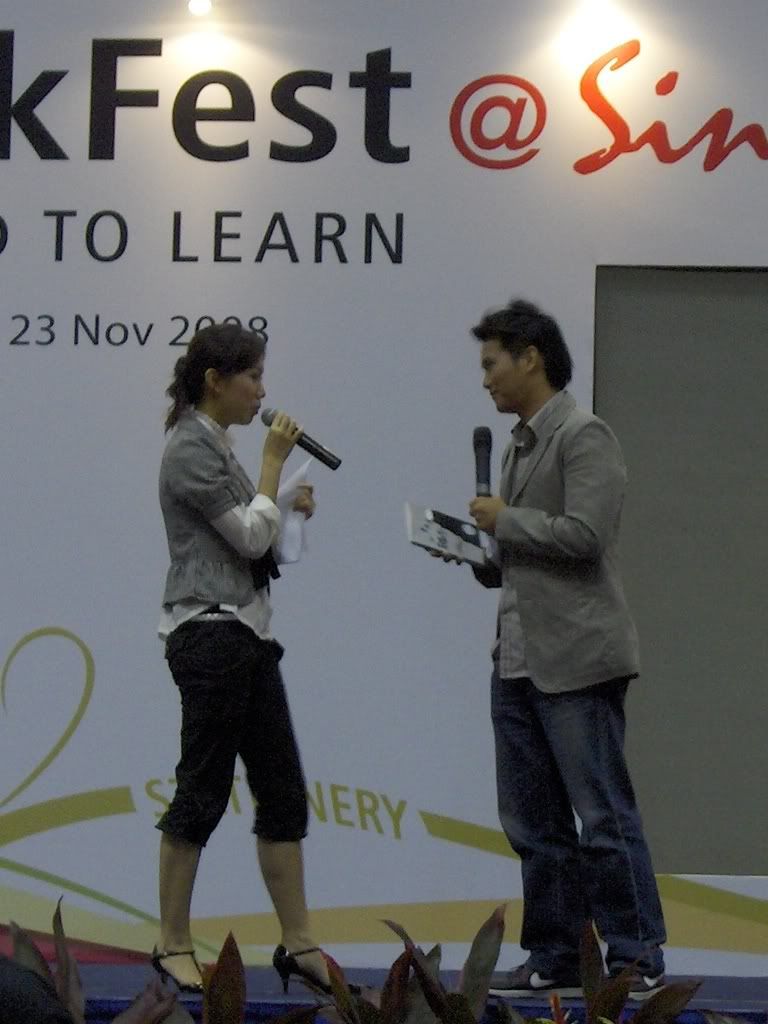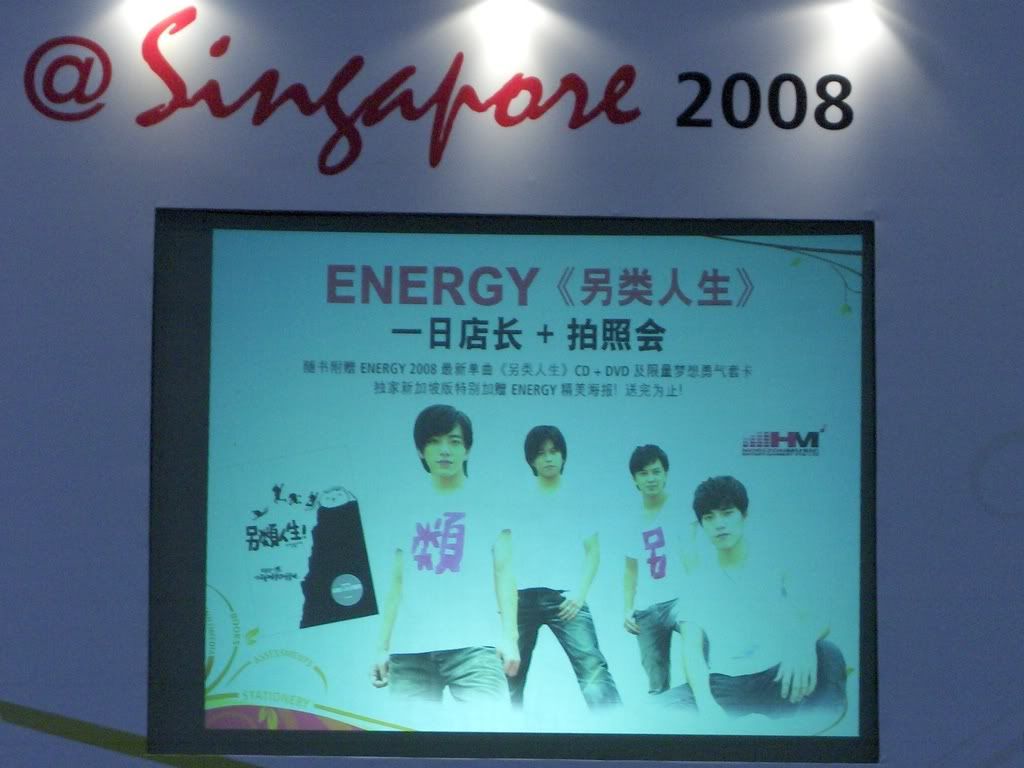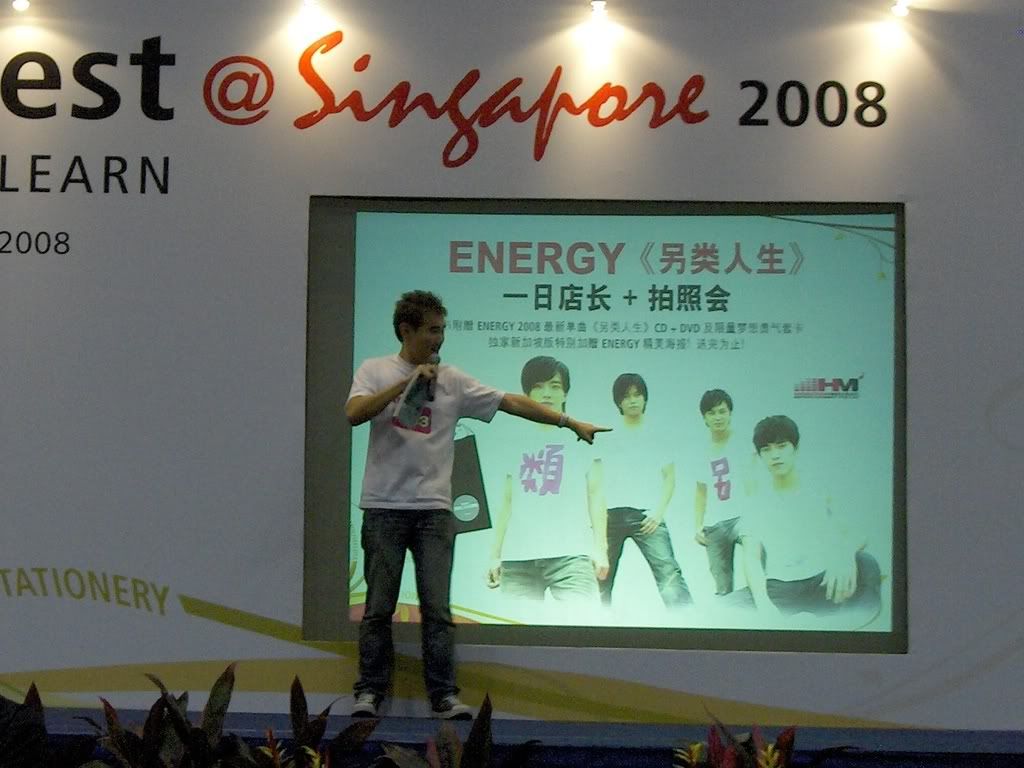
Sunday, November 30, 2008
Saturday, November 29, 2008
Thursday, November 27, 2008
Wednesday, November 26, 2008
wah, so zhun ar...
GEMINI - The Twin
Nice. Love is one of a kind. Great listeners Very Good at confusing people... Lover not a fighter, but will still knock you out. Gemini's will not take any crap from anyone. Gemini's like to tell people what they should do and get offended easily. They are great at losing things and are forgetful. Gemini's can be very sarcastic and childish at times, and are very nosey.
Trustworthy. Always happy. VERY Loud. Talkative. Outgoing VERY FORGIVING. Loves to make out. Has a beautiful smile. Generous. Strong. THE MOST IRRESISTIBLE.
Nice. Love is one of a kind. Great listeners Very Good at confusing people... Lover not a fighter, but will still knock you out. Gemini's will not take any crap from anyone. Gemini's like to tell people what they should do and get offended easily. They are great at losing things and are forgetful. Gemini's can be very sarcastic and childish at times, and are very nosey.
Trustworthy. Always happy. VERY Loud. Talkative. Outgoing VERY FORGIVING. Loves to make out. Has a beautiful smile. Generous. Strong. THE MOST IRRESISTIBLE.
Monday, November 24, 2008
Double clutch
Double clutch
From Wikipedia, the free encyclopedia
Jump to: navigation, search
A double clutch (also called a double declutch) is a driving procedure primarily used for vehicles with an unsynchronized manual transmission.
In a gearbox with neutral between each gear, a typical shift actually involves two gear changes, once into neutral, and again into the next gear. During any shift, disconnecting drive components via a clutch properly unloads the engine and transmission of undue pressure applied by the opposing components. Fully utilizing the clutch for each shift out of, and then into each gear is double clutching. Due to the absence of a neutral spacing, double clutching is ill-advised for sequential gear changes, as in a fully sequential gearbox such as a sportbike.
Keeping the clutch pedal depressed while in neutral, as is performed during a typical shift, gives more economy of driver motion and effort compared to double clutching. Taken to extreme, sequential gearbox shifts and non-clutched shifts are also very quick and effortless. However, significant wear can take place on the separated clutch plates any time the engine and transmission have varying drive loads. In simple terms, wear occurs the more the clutch has to "slip" to match revolutions between the engine and transmission. Double clutching can minimize this clutch plate wear by encouraging matching of engine and transmission RPMs before the clutch plates are engaged.
History and Theory
Before the introduction of transmission synchronizers (in the 1920s) and helical cut gears, double clutching was a technique required to prevent damage to an automobile's gear system. Due to the difficulty and most often unnecessary redundancy involved in learning the technique, coupled with the advent of synchronized gearing systems, it has largely fallen into disuse. However, drivers of large trucks often use the double clutching technique when unable to keep the transmission unloaded during shifting, as large vehicles are usually equipped with older, simpler and more durable unsynchronized gearboxes.
The purpose of the double-clutch technique is to aid in matching the rotational speed of the input shaft being driven by the engine to the rotational speed of the gear you wish to select (directly connected to rotating wheels). When the speeds are matched, the gear will engage smoothly and no clutch is required. If the speeds are not matched, the dog teeth on the collar will "crash" or grate as they attempt to fit into the holes on the desired gear. A modern synchromesh gearbox accomplishes this synchronization more efficiently. However, when the engine speed is significantly different than the transmission speed, the desired gear is often unengageable even in a fully synchronized gearbox. An example is trying to shift into a gear while traveling outside the gear's speed or directional range, such as reverse while moving forward.
Double clutching, although time consuming, eases gear selection when an extended delay or variance exists between engine and transmission speeds. When shifting up on a non-synchroniser equipped vehicle, the clutch pedal is pressed, the throttle is released, and the gearbox is shifted into neutral. The clutch pedal is then released. As the engine idles with no load, the RPM will decrease until they are at a level suitable for shifting into the next gear. The driver then depresses the clutch again and shifts into the next gear. The whole manoeuvre can, with practice, take no more than a fraction of a second, and the result is a very smooth gear change.
Although double clutching is a testing requirement when obtaining a commercial driver license, many experienced truckers will float gears or slip shift, thus eliminating the clutch except for starting and stopping.
Conversely, in order to downshift, engine RPM must be increased while the gearbox is in neutral and the clutch is either engaged or disengaged. This requires the driver to shift into neutral, apply throttle to bring the RPM up to a suitable speed, and finally shift into gear. This operation can be very difficult to master, as it requires the driver to gauge the speed of the vehicle and throttle accurately. Double clutching occurs if the clutch pedal is released while matching engine speeds in neutral and again engaged prior to shifting into the next gear.
Technique
A related downshifting technique is called heel-and-toe, in which the brake and accelerator pedals are pressed simultaneously. Classically, the brake is pressed with the right toe and the accelerator pedal is controlled by the right heel, while the clutch pedal is pressed by the left foot. However, many variants are possible, with the brake and accelator pressed by sides of the right foot. This is the reason that many manual cars have closely spaced brake and accelerator pedals.
Proper Heel and Toe technique aids both slowing the vehicle while at the same time accelerating the engine for a matched downshift. Note that Heel-and-Toe may be used with any type of gearbox when simultaneous braking and downshifting is necessary to save component wear. Though difficult, mastering the Heel-and-Toe technique in conjunction with necessary clutching is essential for high performance driving (e.g., rally racing) to stay in the optimal gear regardless of the simultaneous braking, accelerating, and clutching required for shifts. This allows the engine to stay in the RPM "powerband" and allow one to drive as fast as possible. Left foot braking while accelerating the engine with the right foot to accommodate downshifting in a clutchless situation accomplishes the same feat.
The purpose of the heel-toe-double-clutch is to downshift into the correct gear, and thus optimal engine RPM, for exiting the corner while placing the least wear and tear on the entire drivetrain. Note that racers will often skip gears during downshifts depending on the vehicle speed; there is no need to shift through every gear when significant velocity has been lost.
From Wikipedia, the free encyclopedia
Jump to: navigation, search
A double clutch (also called a double declutch) is a driving procedure primarily used for vehicles with an unsynchronized manual transmission.
In a gearbox with neutral between each gear, a typical shift actually involves two gear changes, once into neutral, and again into the next gear. During any shift, disconnecting drive components via a clutch properly unloads the engine and transmission of undue pressure applied by the opposing components. Fully utilizing the clutch for each shift out of, and then into each gear is double clutching. Due to the absence of a neutral spacing, double clutching is ill-advised for sequential gear changes, as in a fully sequential gearbox such as a sportbike.
Keeping the clutch pedal depressed while in neutral, as is performed during a typical shift, gives more economy of driver motion and effort compared to double clutching. Taken to extreme, sequential gearbox shifts and non-clutched shifts are also very quick and effortless. However, significant wear can take place on the separated clutch plates any time the engine and transmission have varying drive loads. In simple terms, wear occurs the more the clutch has to "slip" to match revolutions between the engine and transmission. Double clutching can minimize this clutch plate wear by encouraging matching of engine and transmission RPMs before the clutch plates are engaged.
History and Theory
Before the introduction of transmission synchronizers (in the 1920s) and helical cut gears, double clutching was a technique required to prevent damage to an automobile's gear system. Due to the difficulty and most often unnecessary redundancy involved in learning the technique, coupled with the advent of synchronized gearing systems, it has largely fallen into disuse. However, drivers of large trucks often use the double clutching technique when unable to keep the transmission unloaded during shifting, as large vehicles are usually equipped with older, simpler and more durable unsynchronized gearboxes.
The purpose of the double-clutch technique is to aid in matching the rotational speed of the input shaft being driven by the engine to the rotational speed of the gear you wish to select (directly connected to rotating wheels). When the speeds are matched, the gear will engage smoothly and no clutch is required. If the speeds are not matched, the dog teeth on the collar will "crash" or grate as they attempt to fit into the holes on the desired gear. A modern synchromesh gearbox accomplishes this synchronization more efficiently. However, when the engine speed is significantly different than the transmission speed, the desired gear is often unengageable even in a fully synchronized gearbox. An example is trying to shift into a gear while traveling outside the gear's speed or directional range, such as reverse while moving forward.
Double clutching, although time consuming, eases gear selection when an extended delay or variance exists between engine and transmission speeds. When shifting up on a non-synchroniser equipped vehicle, the clutch pedal is pressed, the throttle is released, and the gearbox is shifted into neutral. The clutch pedal is then released. As the engine idles with no load, the RPM will decrease until they are at a level suitable for shifting into the next gear. The driver then depresses the clutch again and shifts into the next gear. The whole manoeuvre can, with practice, take no more than a fraction of a second, and the result is a very smooth gear change.
Although double clutching is a testing requirement when obtaining a commercial driver license, many experienced truckers will float gears or slip shift, thus eliminating the clutch except for starting and stopping.
Conversely, in order to downshift, engine RPM must be increased while the gearbox is in neutral and the clutch is either engaged or disengaged. This requires the driver to shift into neutral, apply throttle to bring the RPM up to a suitable speed, and finally shift into gear. This operation can be very difficult to master, as it requires the driver to gauge the speed of the vehicle and throttle accurately. Double clutching occurs if the clutch pedal is released while matching engine speeds in neutral and again engaged prior to shifting into the next gear.
Technique
A related downshifting technique is called heel-and-toe, in which the brake and accelerator pedals are pressed simultaneously. Classically, the brake is pressed with the right toe and the accelerator pedal is controlled by the right heel, while the clutch pedal is pressed by the left foot. However, many variants are possible, with the brake and accelator pressed by sides of the right foot. This is the reason that many manual cars have closely spaced brake and accelerator pedals.
Proper Heel and Toe technique aids both slowing the vehicle while at the same time accelerating the engine for a matched downshift. Note that Heel-and-Toe may be used with any type of gearbox when simultaneous braking and downshifting is necessary to save component wear. Though difficult, mastering the Heel-and-Toe technique in conjunction with necessary clutching is essential for high performance driving (e.g., rally racing) to stay in the optimal gear regardless of the simultaneous braking, accelerating, and clutching required for shifts. This allows the engine to stay in the RPM "powerband" and allow one to drive as fast as possible. Left foot braking while accelerating the engine with the right foot to accommodate downshifting in a clutchless situation accomplishes the same feat.
The purpose of the heel-toe-double-clutch is to downshift into the correct gear, and thus optimal engine RPM, for exiting the corner while placing the least wear and tear on the entire drivetrain. Note that racers will often skip gears during downshifts depending on the vehicle speed; there is no need to shift through every gear when significant velocity has been lost.
Sunday, November 23, 2008
Subscribe to:
Posts (Atom)















